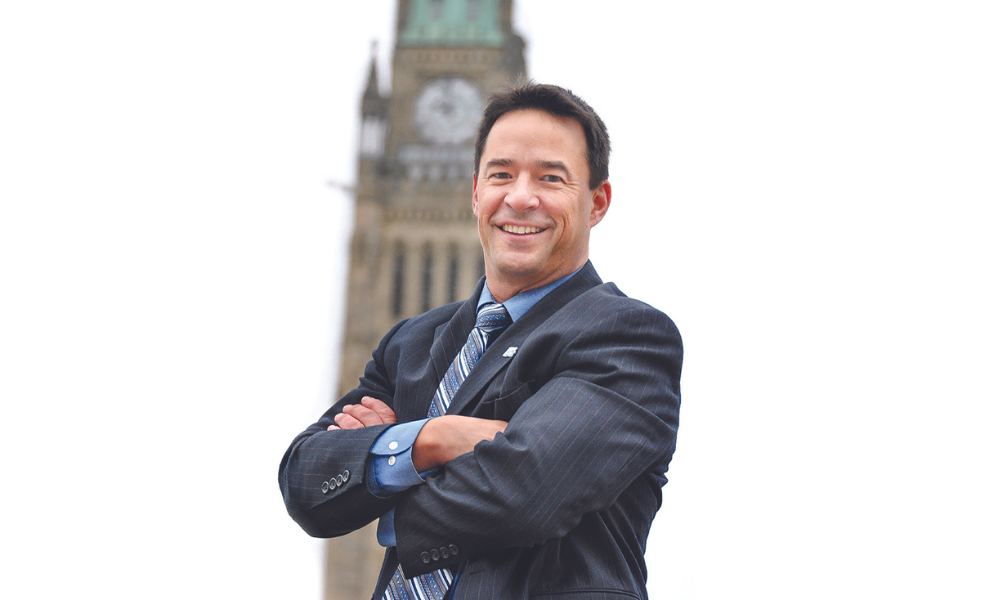Adjusting mortgage qualification criteria, boosting supply are key measures, CEO says

Affordability continues to pose a huge challenge for Canada’s housing market – and while there’s no single solution to that issue, there are plenty of measures that could be enacted to ease the current hurdles facing homebuyers.
That’s according to the chief executive officer of the Canada Home Builders’ Association, Kevin Lee (pictured), who told Canadian Mortgage Professional that adjustments to mortgage terms and qualification criteria could have a big impact in helping spur demand and impel further home construction.
“When it comes to individual homebuying, the stress test has been a barrier and continues to be, and we recommend that it gets adjusted and ratcheted down – especially for longer-term mortgages,” he said. “We think that steps should be taken to encourage more seven- and 10-year mortgages rather than the industry-standard five-year term that’s so popular with Canadians because of its security.
“I think that ratcheting down the stress test for seven- and 10-year terms could help that a lot. [They] probably could adjust the stress test overall as well if we actually want to encourage more housing starts because we see that arrears rates are so incredibly low – so one could suggest we’re overtightened in terms of mortgage underwriting rules.”
First-time buyers in particular have seen their options increasingly squeezed in the rising-rate environment of the past year, with home prices also on the up again after plummeting throughout 2022.
Lee said putting forward 30-year amortizations for insured mortgages for that buyer cohort was “such an obvious thing to do” in the current environment despite facing opposition in some quarters.
Supply challenges impacting housing demand and availability
A chronic lack of supply, meanwhile, remains one of the most prominent issues in Canada’s housing market. New figures from the Canadian Real Estate Association (CREA) revealed that despite the number of newly listed properties rising by 6.8% on a month-over-month basis in May, inventory remains historically low.
The number of months of inventory available on a national basis has fallen precipitously since the beginning of the year, CREA revealed, falling by more than a full month between January and May.
The annual pace of housing starts also slowed last month, falling by 23% compared with April – and Canada Mortgage and Housing Corporation (CMHC) chief economist Bob Dugan expects the total built in 2023 to come in significantly lower than previous years.
Canada saw 271,000 homes built in 2021 and around 260,000 last year, but is only on track for a pace of 210,000 to 220,000 in 2023, according to Dugan.
Interest rates are playing their part in convincing homeowners that now might not be an opportune moment to list, according to CREA’s senior economist Shaun Cathcart.https://t.co/iIG3si6QnL#mortgagenews #homesales #interestrates #housingmarket
— Canadian Mortgage Professional Magazine (@CMPmagazine) June 19, 2023
What can be done to accelerate housing starts in Canada?
Lee said an urgent question needs to be answered in Canada: “Do we want more housing starts and to actually address the housing supply issue or do we want to just talk about it?”
While high interest rates are proving challenging for builders, Lee said supply hurdles would continue regardless of where rates lie unless municipalities step up to the plate and address the issue of bringing new inventory to the market.
He acknowledged the efforts of federal and provincial governments to put their weight behind measures to alleviate the supply crisis, but said more needed to be done from the municipal side to keep things moving in the right direction.
“Municipalities have definitely been the gatekeepers when it comes to whether or not we get more housing. The federal government has the new housing accelerator fund, [and] the governments in British Columbia and Ontario are very much on the housing supply bandwagon and trying to do all they can to have municipalities facilitate much more housing supply,” he said.
“We would definitely say at this stage it’s the municipal levels of government that need to step up, recognize that housing supply is an issue of all forms, and that we need much more market-rate housing for ownership and for rent.
“That includes changing zonings, accelerating permitting, dealing with NIMBYism… and accelerating processes across the board to get houses built.”
Make sure to get all the latest news to your inbox on Canada’s mortgage and housing markets by signing up for our free daily newsletter here.



